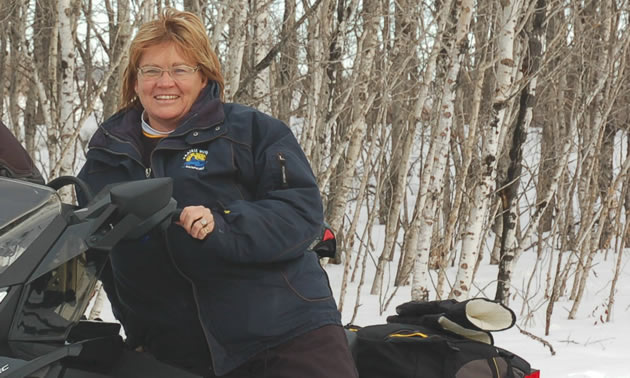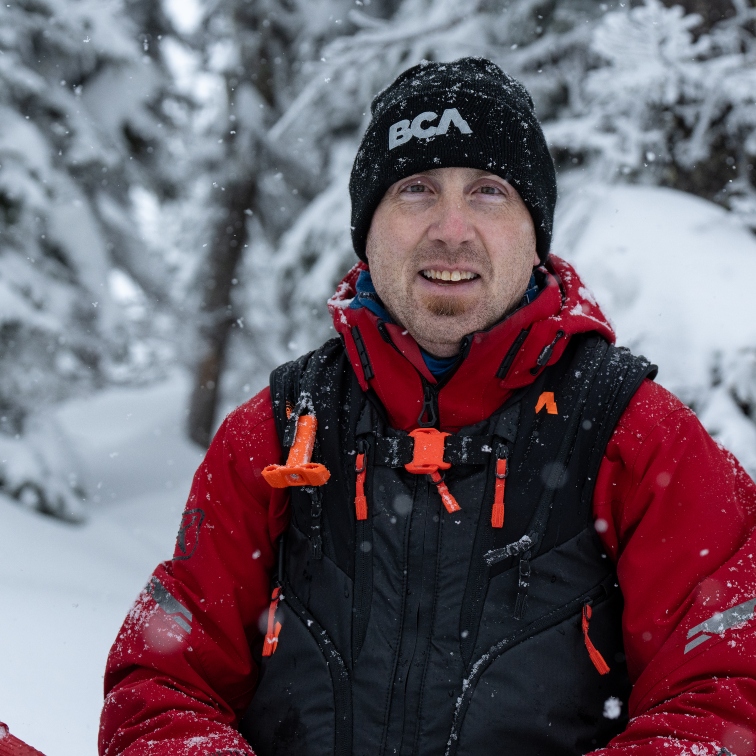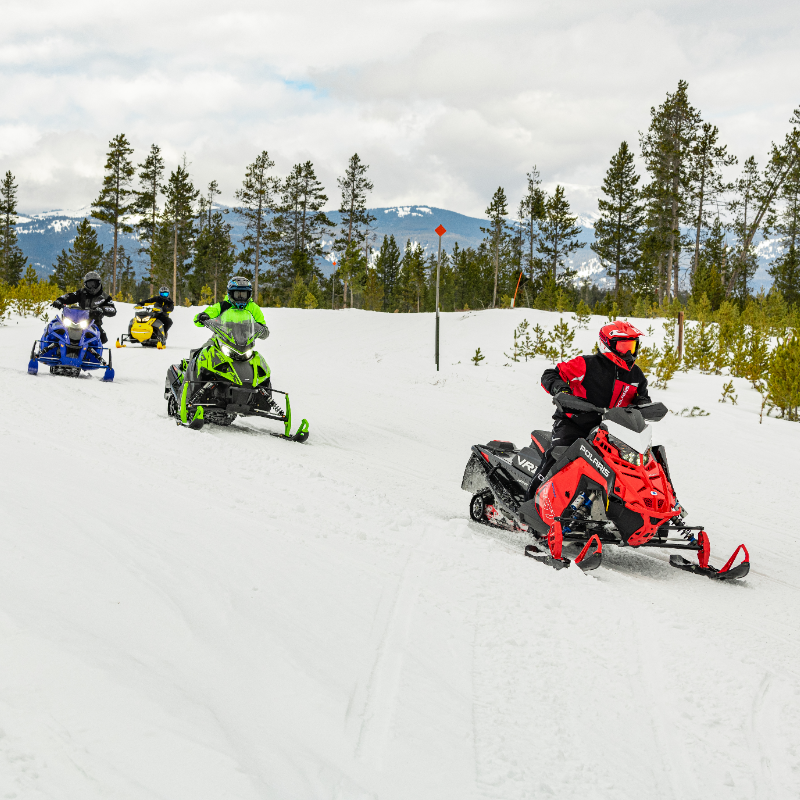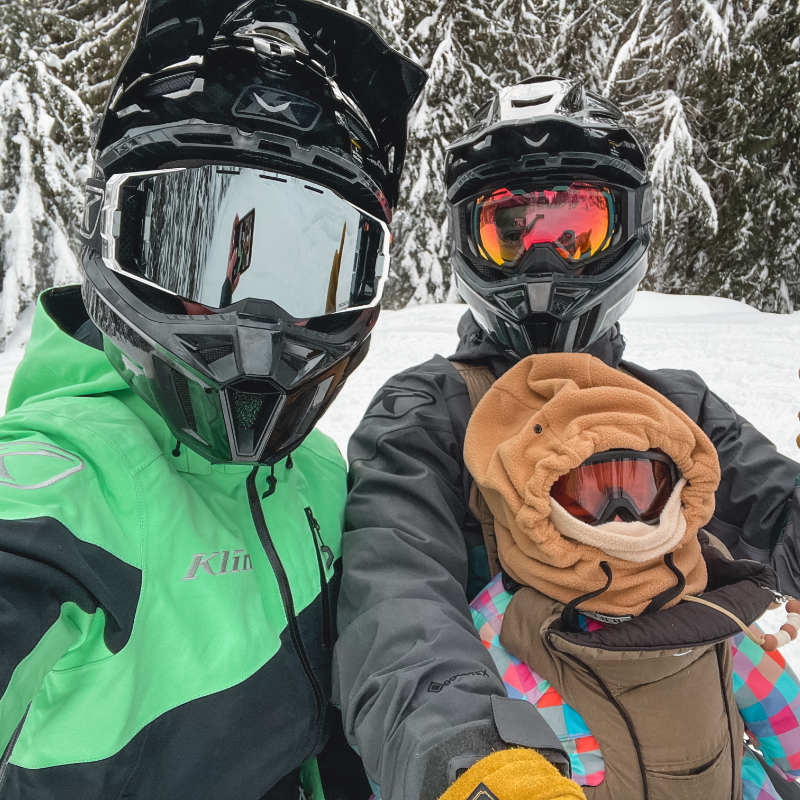Shannon Scott is chair of the safety committee for the Saskatchewan Snowmobile Association and vice-chair of the SSA itself. She said that most of the steps that sledders need to take to stay safe on Saskatchewan’s trails come down to common sense. However, there are some extra steps that require knowledge of the area and its specific hazards.
Scott said common-sense measures include the obvious: wear a helmet and appropriate gear; check the weather forecast; make sure your fuel tank is full and your phone is fully charged; always ride with a partner; don’t drink and ride.
The unusually wet summer and autumn of 2014 have created a unique hazard for Saskatchewan snowmobilers.
“Because we’ve had such a wet fall,” Scott said, “there is water in places where you don’t usually find it. People should be cautious even in areas that they’re familiar with. Low-lying areas may now be sloughs, and you won’t know it until it’s too late.”
Scott suggested some items that should always be included in a sledder’s pack: matches, extra mittens and a tuque, toilet paper, an insulated/reflective blanket, basic first aid supplies, a tow rope, a package of hand and foot warmers and nutrient-dense snacks.
Scott recommended that Saskatchewan sledders check the SSA website’s snow safety tips page for a list of precautions that support safe riding. At the top of Scott’s own list of suggestions is to take the SSA’s classroom safety course or its convenient online course.
“It’s mandatory for anyone born since January 1, 1989 to have taken a safety course before being allowed to drive a sled,” Scott said. “We started an online safety course in November 2012, and to date 1,699 people have taken it. The online safety course is a joint initiative of the SSA, RCMP, Ministry of Tourism, SGI and the Saskatchewan Liquor and Gaming Authority.”







